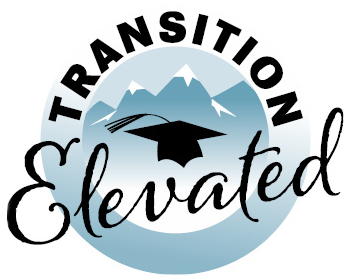❓ Transition Planning FAQs
Transition planning can feel like a lot at first — so here are answers to the most common questions students and families have. If something’s still unclear, your IEP team is there to help.
📘 Getting Started
When does transition planning begin?
In Utah, transition planning begins by age 14 through your IEP. It’s reviewed and updated every year as your goals evolve.
What is the goal of transition planning?
To help you prepare for adult life — including school, work, living independently, and being part of your community. It’s a way to take charge of your future.
Do I need to know exactly what I want to do after high school?
No! Transition planning is flexible. You can explore your interests and adjust your goals as you learn more about yourself.
🛠 The Planning Process
Who is part of the transition planning team?
Your IEP team includes you, your family, teachers, counselors, and sometimes adult service providers like Vocational Rehabilitation. You’re the most important voice at the table.
What kinds of goals can be in a transition plan?
Your plan can include goals related to:
- Employment (part-time work, job training, career exploration)
- Education (college, trade school, certifications)
- Independent living (money management, transportation, healthcare)
What if I need support after high school?
Your team can help connect you with adult services, such as Vocational Rehabilitation (VR), DSPD, or college disability offices. Your transition plan should include these steps and contacts.
🎓 Student Voice & Rights
Can I lead my own IEP meeting?
Yes! Student-led IEPs are encouraged. You can help run the meeting, talk about your goals, and say what support you need.
Will my IEP continue after high school?
No. Your IEP ends when you graduate or turn 22. Transition planning helps prepare you for what comes next — with a focus on connecting you to adult services before school ends.
💡 Tip: Write down your questions before your IEP meeting and bring them with you. Transition planning is stronger when you speak up!
